Edge computing refers to the practice of processing and storing data closer to the source of its creation, rather than sending it to a centralized data center or cloud. In other words, instead of all data being sent to a central location for processing and analysis, edge computing brings the processing power and storage capacity to the “edge” of the network, where the data is actually being generated.
When we talk about data handling at the edge of a network, it means using resources that are located near the devices or systems that exchange information. This helps to make it easier to access data and improves the efficiency of the network, making it possible to use real-time applications such as AI and virtual reality simulations.
The Internet of Things (IoT) is closely related to the development of edge computing. IoT devices collect data that needs to be analyzed and processed quickly. This can be done through devices with sensors, network devices that transmit data, or servers that are near the devices that send and receive data. Edge computing has many benefits, including lower operational costs, longer lifespan of devices, and less network traffic. Real-time processing helps to keep important processes running smoothly. This approach has become increasingly important as more and more devices become connected to the internet. This generates enormous amounts of data. Edge computing allows this data to be processed in real time. This improves the speed and efficiency of data analysis and decision-making.
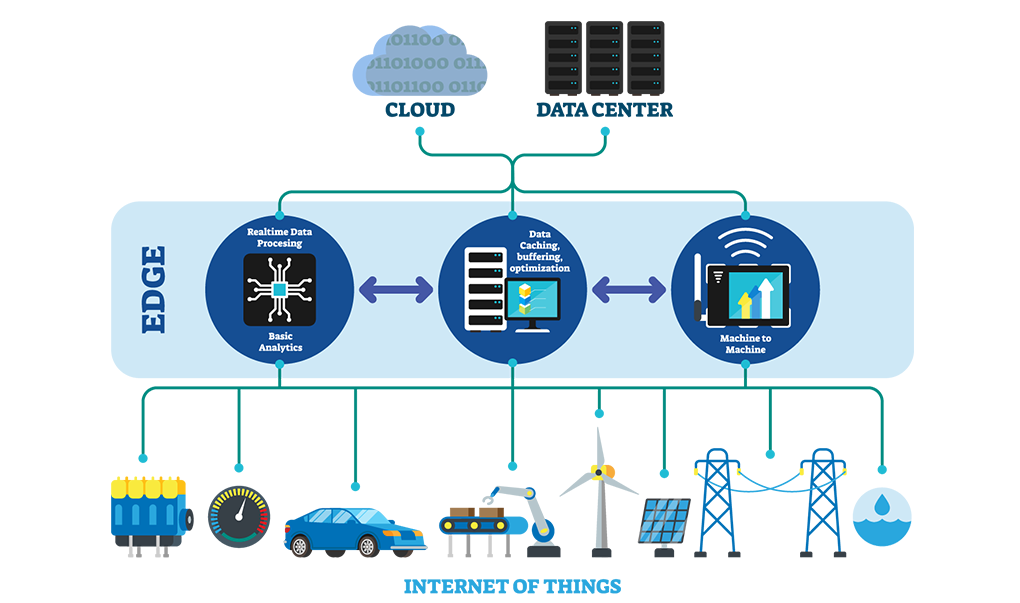
Industrial IoT
This allows for real-time monitoring of production, identifying issues before they become serious problems and optimizing production to reduce downtime. Sensors and devices monitor and control various aspects of production, such as temperature, pressure, and humidity, in Industrial IoT. To optimize production and reduce downtime, the data generated by these sensors requires real-time processing and analysis. Industrial IoT applications can use edge computing to process and analyze data closer to the source of its generation. This is at the “edge” of the network. By processing data at the edge, it is possible to reduce latency, improve bandwidth utilization, and enable faster decision-making. For instance, in a factory, temperature sensors on machines and cameras monitoring assembly lines can provide data for analysis using edge computing.
Another use case for edge computing in Industrial IoT is predictive maintenance. By analyzing data from sensors on machines and equipment, it is possible to identify patterns and trends that may indicate potential problems before they occur. This enables maintenance teams to schedule repairs and replacements before a machine breaks down, reducing downtime and improving productivity.
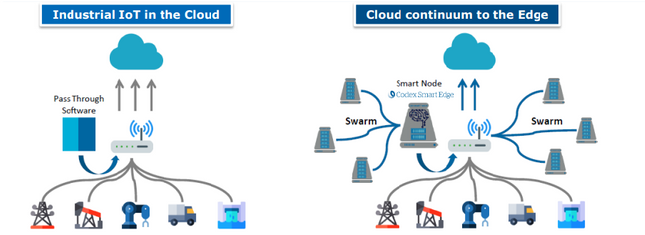
Applications for Smart cities
Smart cities can benefit from the use of edge computing in various applications such as traffic management, public safety, and environmental monitoring. This allows for the real-time processing of data from traffic cameras, traffic lights, and other sensors, leading to faster and more accurate traffic management decisions. For public safety, organizations can use edge computing to analyze data from security cameras, gunshot detection systems, and other sensors. This provides a rapid response to emergencies. Furthermore, organizations can process environmental monitoring data in real-time. to provide more accurate and timely information on air quality, weather patterns, and other factors that affect city life. By using edge computing, smart cities can improve response times and decision-making. This leads to a safer and more sustainable urban environment for citizens.
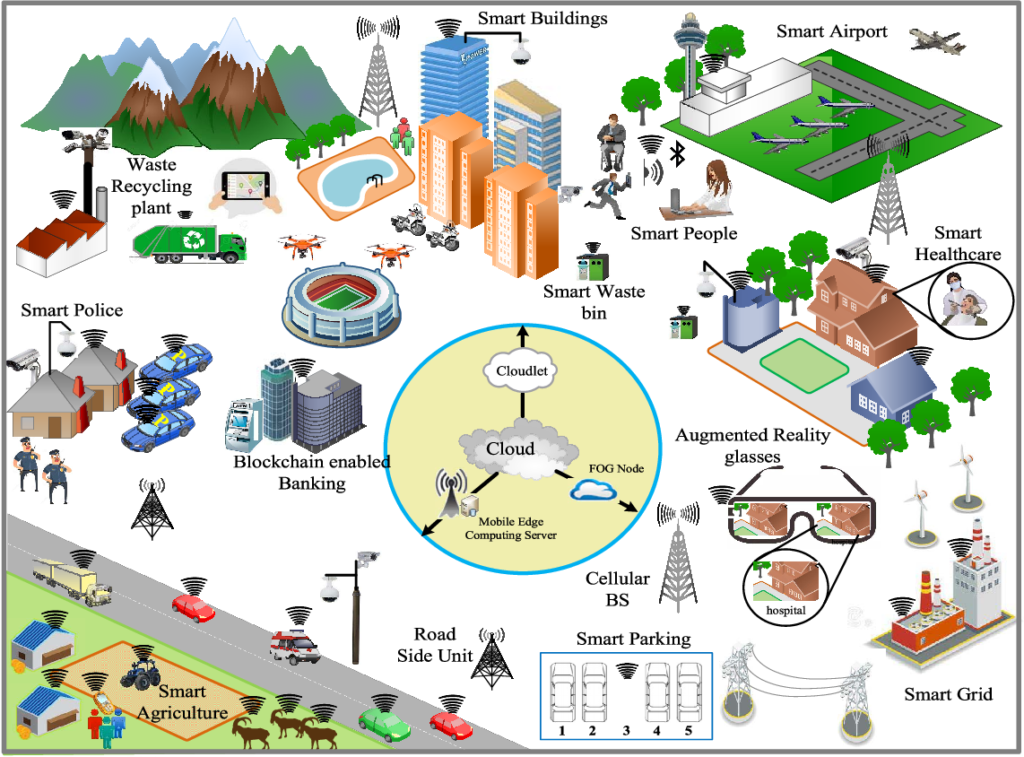
Healthcare
Edge computing has the potential to significantly improve healthcare applications such as remote patient monitoring, medical imaging, and drug discovery. By processing and analyzing data in real-time, it can enable better patient outcomes and reduced costs. Edge computing can enhance remote patient monitoring. This enables doctors to receive real-time data on patient health and to quickly intervene in case of a medical emergency. It can also process medical imaging data at the edge, allowing for faster and more accurate diagnoses. It can accelerate drug discovery by enabling faster processing and analysis of large amounts of data. In short, this can improve the quality of healthcare by enabling real-time data processing and analysis. It leads to better patient outcomes and lower costs.
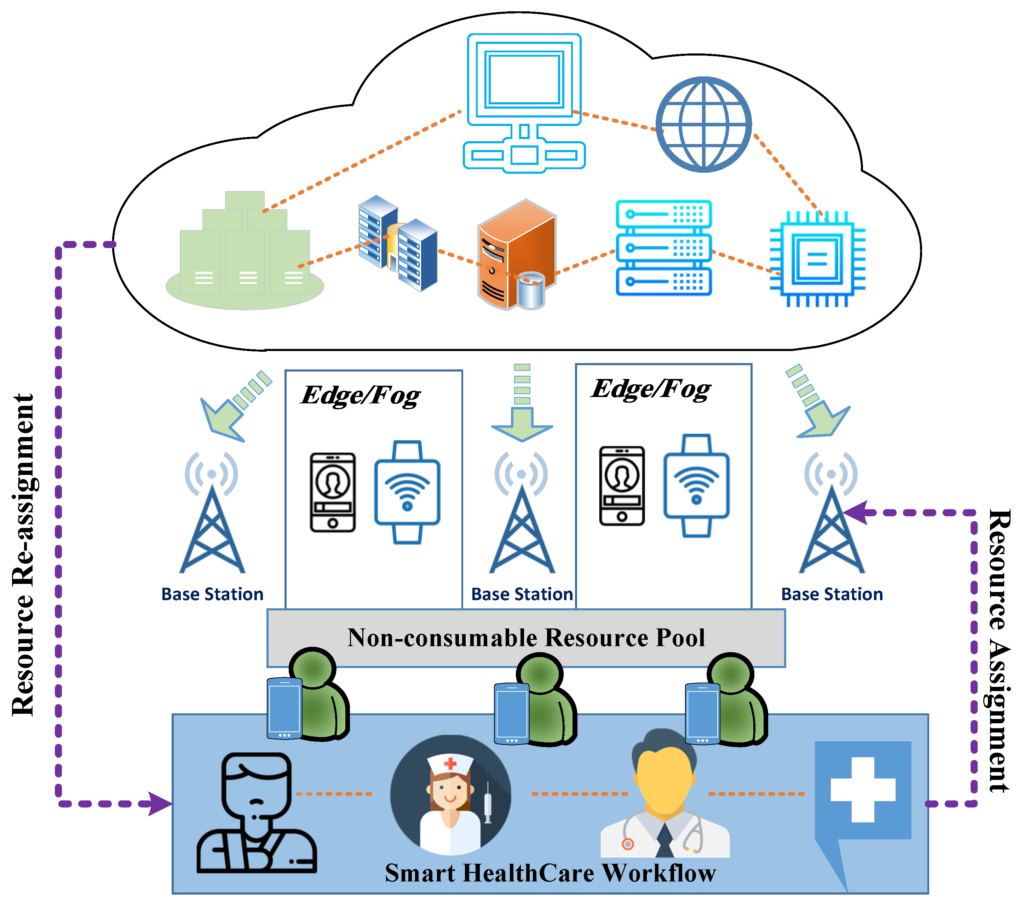
Autonomous Vehicles
Edge computing is a critical technology in the development of autonomous vehicle applications such as self-driving cars and drones. With edge computing, one can process data from sensors such as lidar, radar, and cameras in real-time, enabling faster decision-making and improving safety. For instance, a self-driving car can detect objects and obstacles on the road. Then, it quickly analyzes data to make decisions on driving speed and direction. In addition, it can enable vehicles to communicate with each other. With infrastructure, further enhancing the safety and efficiency of autonomous transportation. Ultimately, edge computing can help to bring autonomous vehicles closer to widespread adoption, allowing for safer and more efficient transportation.
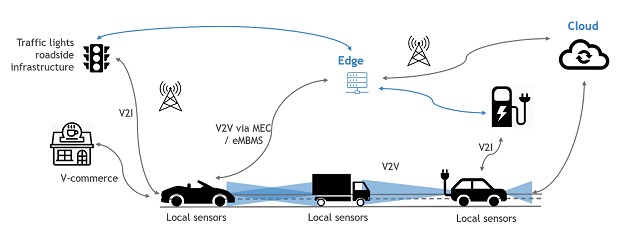
Retail Industry
In the retail industry, edge computing has numerous potential applications that can enhance the customer experience and boost sales. Retailers can use edge computing to analyze data in real-time, optimizing inventory management by tracking product availability and making more accurate predictions of consumer demand. Additionally, edge computing enables retailers to improve customer analytics, gaining a deeper understanding of consumer behavior and preferences. With this data, retailers can offer personalized marketing campaigns, tailored to the interests and needs of individual consumers. Ultimately, the use of edge computing in retail can lead to increased sales. This can also provide more satisfying shopping experience for consumers.
Revolutionizing Business Operations with Edge Computing: How Genesis Convergence Company Can Help?
At Genesis Convergence, we understand the importance of edge computing in modern businesses. We offer a range of services to help businesses integrate edge computing into their operations. From consultation and planning to implementation and ongoing maintenance, we got you covered. We work closely with our clients to understand their specific needs and develop customized solutions that maximize the benefits of edge computing.
Our team of experts has extensive experience in working with various industries and can help businesses optimize their operations with the latest edge computing technologies. With our help, businesses can improve their efficiency, reduce costs, and stay ahead of the competition. We are committed to staying up-to-date with the latest developments in edge computing to provide our clients with the most cutting-edge solutions.
